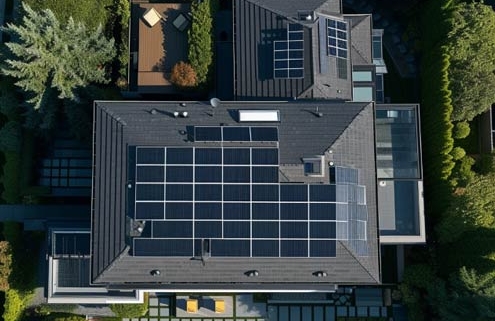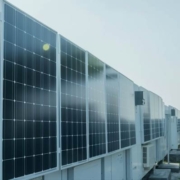Solar Energy System Industry Trends Analysis for 2024
As we enter 2024, the solar energy system industry continues to evolve, driven by technological advancements, policy incentives, and growing global demand for clean and renewable energy sources. Here are some key trends that are shaping the solar industry this year.
Technology Innovation and Efficiency Gains: The solar industry is witnessing significant improvements in photovoltaic (PV) cell efficiency, thanks to advancements in material science and manufacturing processes. Technologies such as TOPCon, HJT, and Perovskite are emerging as promising candidates for achieving higher energy conversion efficiencies. These advancements are expected to reduce the cost of solar electricity and make it even more competitive with traditional energy sources.

Integration with Smart Grid and Energy Storage: The solar industry is increasingly integrating with smart grid technologies and energy storage solutions. This allows for more efficient management of solar energy production, distribution, and consumption. With the help of advanced analytics and AI, smart grid systems can optimize the operation of solar plants and reduce energy losses. Meanwhile, energy storage solutions, such as batteries, help address the intermittency of solar energy and ensure a reliable supply of electricity.
Continued Growth in Global Demand: The global demand for solar energy systems is expected to continue growing in 2024. This is driven by the increasing awareness of climate change and the need to transition away from fossil fuels. Governments around the world are providing incentives, such as tax breaks and subsidies, to encourage the adoption of solar energy. Additionally, the development of new markets and the expansion of existing ones will further boost demand.
Collaboration and Partnerships: In 2024, we will see more collaborations and partnerships between solar energy companies, research institutions, and governments. These partnerships aim to accelerate technology development, share resources, and promote the widespread adoption of renewable energy. By working together, stakeholders can address common challenges, such as reducing costs, improving efficiency, and integrating renewable energy into existing energy systems.
Focus on Sustainability and Environmental Impact: As the solar industry grows, there is an increasing focus on sustainability and minimizing the environmental impact of energy systems. This includes using renewable materials in manufacturing, reducing waste and emissions, and promoting recycling and reuse. Additionally, there is a growing interest in using renewable energy to power electric vehicles (EVs) and other applications, further reducing the carbon footprint of transportation and other sectors.





Leave a Reply
Want to join the discussion?Feel free to contribute!